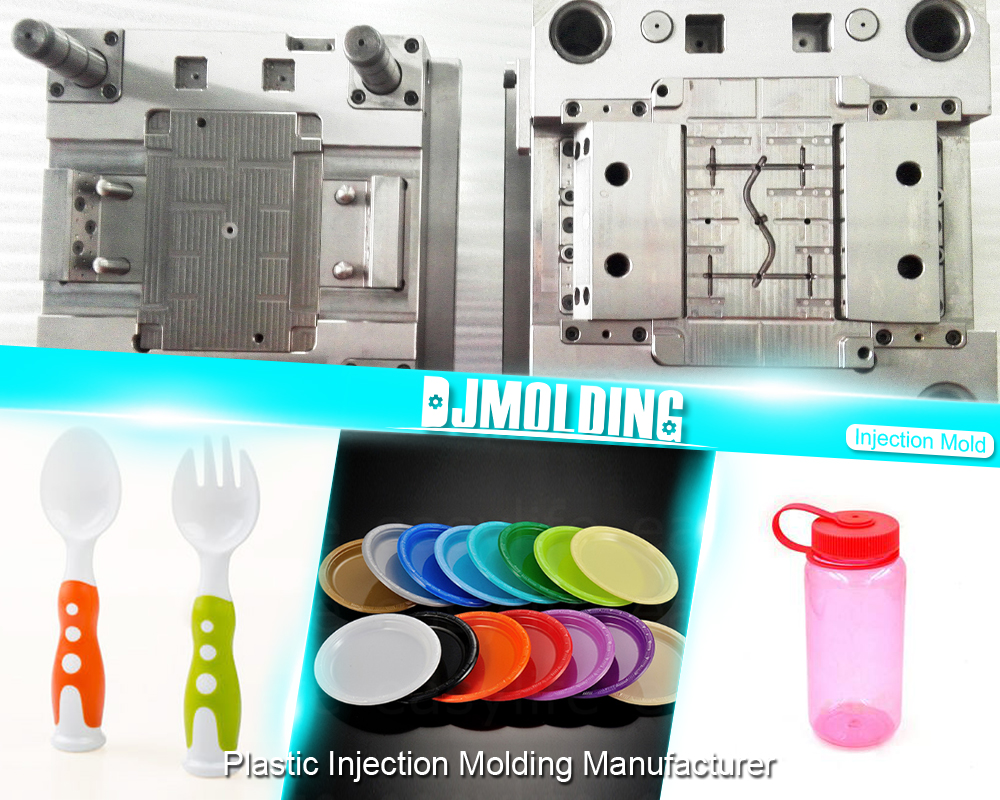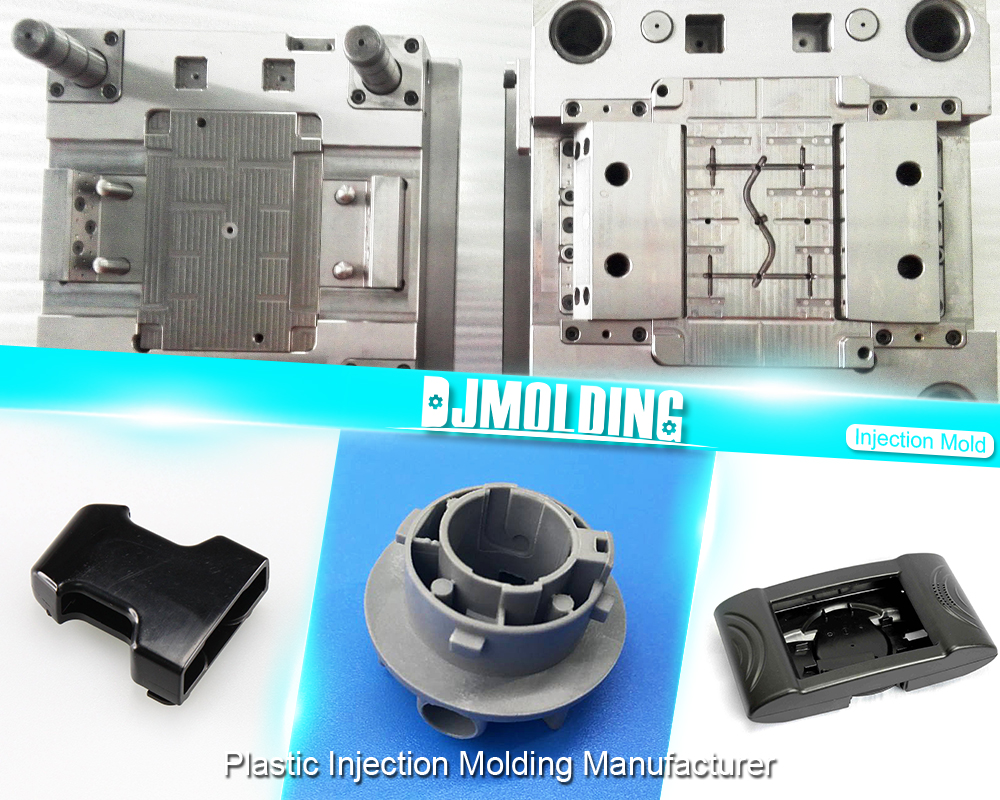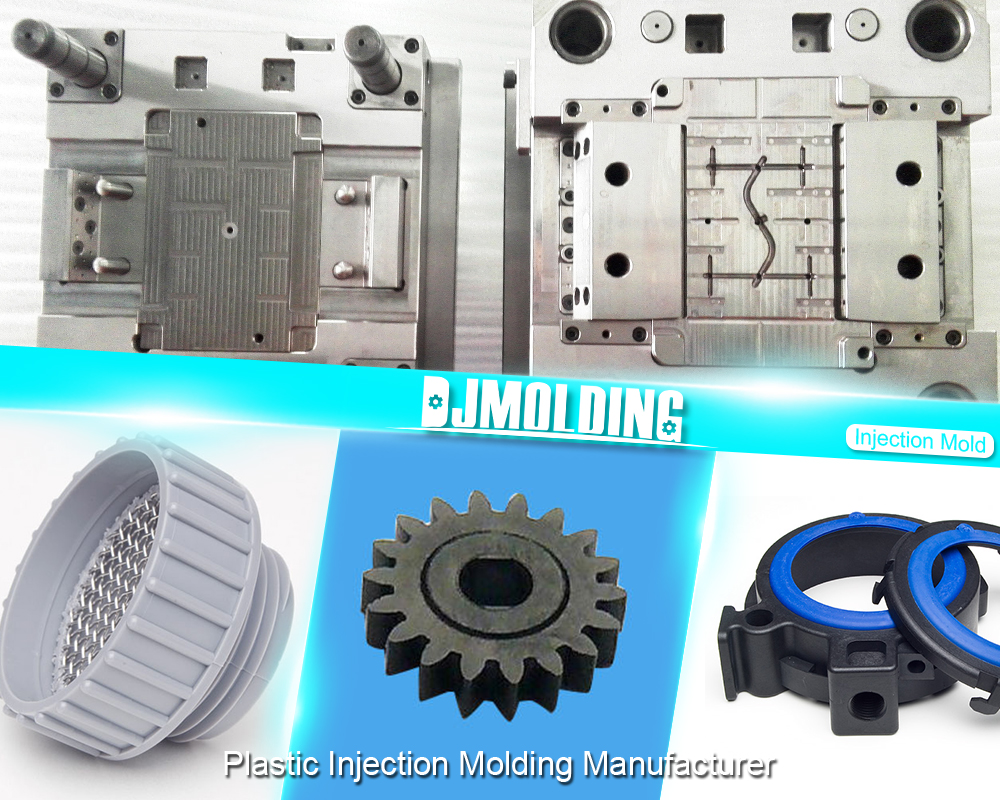Small Batch Plastic Injection Molding: A Cost-Effective Solution For Custom Plastic Parts Manufacturing
Small Batch Plastic Injection Molding: A Cost-Effective Solution For Custom Plastic Parts Manufacturing
Small batch molding may sound like a small-scale manufacturing process, but don’t be confused by its name. In fact, it’s a highly cost-effective solution that can help businesses produce custom parts with precision and efficiency. Whether you’re a startup looking to produce a limited run of products or an established company in need of smaller production runs, small batch injection molding could be the answer you’ve been searching for. Let’s take a closer look at how this manufacturing process can benefit your business.

Benefits of Small Batch Injection Molding for Custom Manufacturing
One of the main benefits of small batch molding is its flexibility in production. This process allows manufacturers to produce small quantities of parts quickly and efficiently, without the need for expensive tooling or equipment. This makes it an ideal solution for companies that need to produce custom parts on a small scale.
Another benefit of small batch (injection) molding is its cost-effectiveness. Because the process is automated, it requires less labor when compared to other manufacturing methods. This brings about reduced production cost. Additionally, the use of small quantities of materials reduces waste, which further reduces costs.
Small batch molding also offers faster turnaround times than other manufacturing methods. Such is due to the process being highly automated, which means that parts can be produced quickly and efficiently. This is particularly important for companies that need to produce parts quickly to meet tight deadlines.
Finally, small batch injection molding reduces waste, which is good for the environment. Because the process uses small quantities of materials, there is less waste generated during production. This makes small batch (injection) molding a more sustainable manufacturing method than other processes.
How Small Batch Injection Molding Works
Small batch injection molding is a process that involves injection of molten plastic in a mold for a part to be created. The process begins with the creation of a mold, which is typically made of steel or aluminum. The mold is then placed in an injection molding machine, which heats the plastic to a molten state.
Once the plastic is molten, it is injected into the mold under high pressure. The plastic then cools and solidifies, taking on the shape of the mold. The mold is then opened, and the part is removed.
Materials Used in Small Batch Injection Molding
Small batch molding can be used with a variety of materials, including thermoplastics, thermosets, and elastomers. Each material has its own unique properties, which make it suitable for different applications.
Thermoplastics are the most commonly used materials in small batch injection molding. They are easy to mold, and they can be recycled, which makes them a more sustainable option than other materials. Thermosets are also used in small batch injection molding, but they are less common. They are more difficult to mold than thermoplastics, but they offer better heat resistance and chemical resistance.
When choosing a material for small batch injection molding, it is important to consider the properties of the material, as well as the requirements of the application. Factors such as strength, durability, and temperature resistance should be taken into account.
Design Considerations for Small Batch Injection Molding
Design is an important consideration in small batch molding. The design of the part can have a significant impact on the cost and quality of the final product. Design guidelines should be followed to ensure that the part can be manufactured efficiently and effectively.
Design for manufacturability is an important consideration in small batch injection molding. This involves designing the part in a way that makes it easy to manufacture. This can include designing the part with uniform wall thickness, avoiding undercuts, and minimizing the number of parts required.
Cost Savings with Small Batch Injection Molding
Small batch (injection) molding offers significant cost savings over other manufacturing methods. Compared to traditional manufacturing methods, such as machining and casting, small batch injection molding is more cost-effective. This is because it requires less labor and produces less waste.
Factors that can affect the cost of small batch molding include the complexity of the part, the size of the production run, and the material used. Cost-saving strategies, such as using recycled materials and optimizing the design of the part, can also help to reduce costs.
Quality Control in Small Batch Injection Molding
Quality control is an important consideration in small batch molding. Quality control measures should be implemented to ensure that the parts produced meet the required specifications. This can include using statistical process control, performing regular inspections, and testing the parts for quality.
Quality assurance is also important in small batch injection molding. This involves ensuring that the parts are produced consistently and that they meet the required standards. Quality assurance measures can include implementing a quality management system, performing regular audits, and providing training to employees.
Applications of Small Batch Injection Molding
Small batch (injection) molding is used in a variety of industries, including automotive, aerospace, medical, and consumer products. It is used to produce a wide range of parts, including gears, housings, and components for electronic devices. Examples of products that are manufactured using small batch injection molding include medical devices, such as syringes and catheters, and consumer products, such as toys and kitchen utensils.
Choosing the Right Small Batch Injection Molding Service Provider
This is important to ensure that the parts produced meet the required specifications. Factors to consider when choosing a service provider include the experience and expertise of the provider, the quality of their equipment, and their ability to meet tight deadlines. Questions to ask a service provider include whether they have experience producing parts similar to the ones required, what their quality control measures are, and what their turnaround time is. Case studies of successful partnerships can also provide valuable insights into the capabilities of a service provider.
What The Future Holds
The future of small batch injection molding in custom manufacturing looks promising. Advancements in technology, such as 3D printing and automation, are making small batch injection molding more efficient and cost-effective. Additionally, the trend towards sustainable manufacturing is driving demand for more sustainable manufacturing methods, such as small batch injection molding.

Conclusion
Small batch molding is a cost-effective and efficient way to produce custom parts. It offers many benefits over other manufacturing methods, including flexibility in production, cost-effectiveness, faster turnaround times, and reduced waste. Design considerations, cost savings, quality control, and choosing the right service provider are all important considerations when using small batch injection molding for custom manufacturing. The future of small batch injection molding looks promising, with advancements in technology and a trend towards sustainable manufacturing driving demand for this manufacturing method.
For more about small batch plastic injection molding: a cost-effective solution for custom plastic parts manufacturing,you can pay a visit to Djmolding at https://www.djmolding.com/injection-mould-manufacturing/ for more info.




